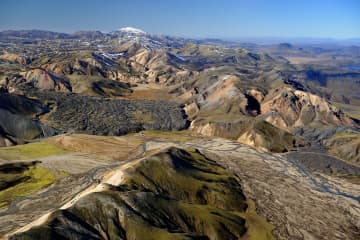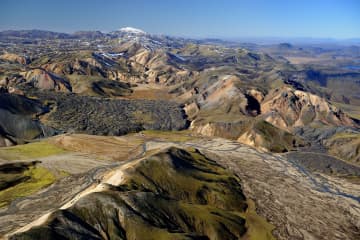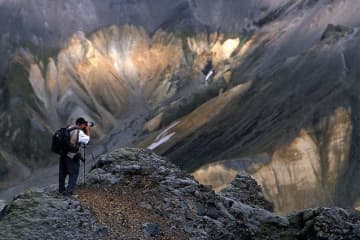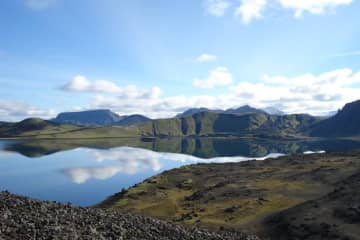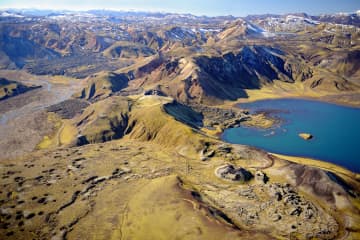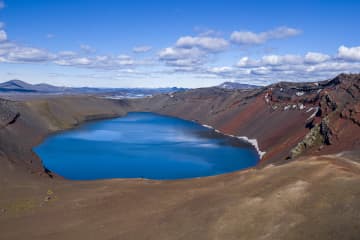Fjallabak Nature Reserve
Fjallabak Nature Reserve was protected in 1979. The protection aims to preserve unique areas so that future generations have the opportunity to enjoy them in the same way as we do. For this to happen, there are specific rules of conduct to prevent damage to the environment or disruption of the landscape. A diverse landscape, a unique but fragile ecosystem, desert wilderness, and peacefulness are the main characteristics of the Friðland Nature Reserve, and thousands of people visit every year to enjoy the natural resources. Visitors to the area are asked to respect the nature reserve's rules of conduct and thus contribute so that the aim of the protection can be achieved and that everyone, as well as our descendants, can fully enjoy the nature reserve's nature.
The nature reserve is 44,633.4 ha in size and all more than 500 m above sea level. The area is mountainous and shaped by volcanic activity and geothermal heat. The color palette is broad, mostly due to rhyolite and obsidian in the mountains. Lava fields, rivers, and lakes are also prominent in the landscape.
Management and Protection Plan
Work on preparing a management and protection plan for the nature reserve is ongoing, and all information about that work can be accessed here in Icelandic.
Access
The northern Fjallabaksleið route (F208) lies between Land and Skaftártunga, through the Fjallabak Nature Reserve. The Landmannaleið route (F225) lies from road 26 towards Landsmannahellir through Dómadalur and connects to road 208 by Frostastaðavatn. The Sígölduleið route (208) lies from Sprengisandsvegur (F26) to Landmannalaugar.
The land here is especially sensitive to damage from traffic, and as a result, drivers are asked to familiarise themselves with road conditions before embarking on a journey through the nature reserve and not drive outside those roads shown on the map.
Weather Conditions
The average annual temperature in Fjallabak is probably 0–1°C. July is the warmest month of the year, with an average temperature of 7–8°C. The average temperature of the coldest months, January and February, is around -6°C. Remember that each month's average temperature varies greatly from year to year. Winter conditions and frost can occur at any time of the year. The annual precipitation at Torfajökull glacier, in the southeast corner of the nature reserve, is probably around 2–3 thousand mm but decreases rapidly to the north and northwest and is perhaps down to approx. one thousand mm in the northernmost part of the nature reserve.

